





Eyes
The person sees by means of eyes from where the image is transmitted through a hiazma, an optic nerve, visual tracts to special areas of occipital shares of a cerebral cortex. Our sight three-dimensional thanks to existence of two eyes. The right side of a retina transfers "the right part" of the image to the right part of a brain. Similarly happens also to the left side of a retina. And the brain connects these two parts together, receiving the integral image.
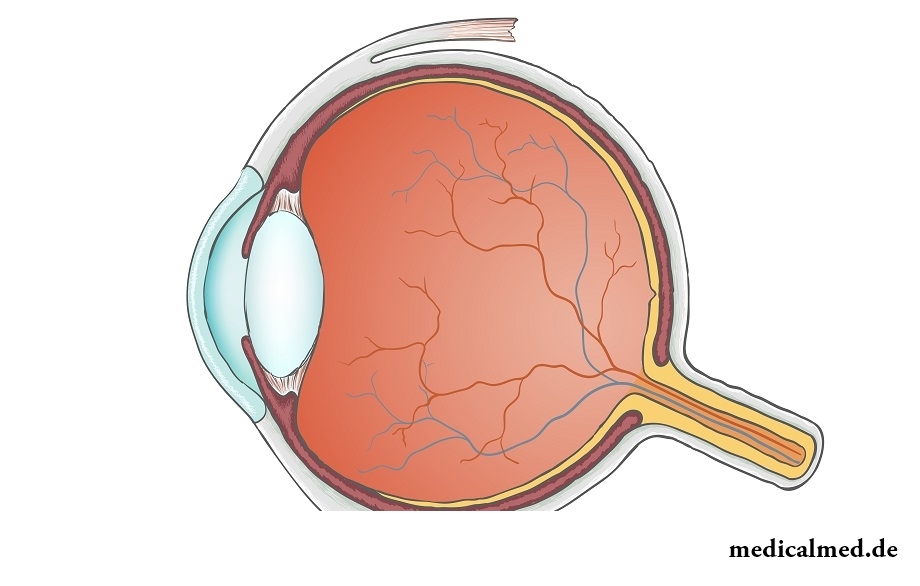
At disturbance of the joint movement of the left and right eye solid vision will be upset as each eye sees only "the" image.
Functions of an eye
- The optical function projecting the image;
- Life support function;
- Perception and "coding" of the acquired information for a brain.
Structure
An eye is a difficult optical device which main objective is transfer of the image to an optic nerve. Now the structure of an eye is studied so well that allows to carry out such thin procedures as laser correction of sight.
An eye consists of the following parts:
- Cornea – the transparent cover which is in a front part of an eye. In a cornea there are no blood vessels, it has the big refracting force and borders on a sclera.
- Anterior chamber – the space between an iris and a cornea filled with intraocular liquid.
- Iris which in a form reminds a circle with an opening. The iris consists of muscles which at relaxation or reduction change the pupil sizes. Color of eyes depends on an iris (if on it few pigment cells – it blue and if there is a lot of – hickories). The iris can be compared to the diaphragm in the camera regulating a svetopotok.
- Pupil – an opening in an iris. The sizes of a pupil are influenced by illumination level. The more light, the pupil size is less.
- Crystalline lens – a transparent and elastic lens which can easily change the form, "being almost instantly focused" on something. For this reason the person with good sight can see both with close, and from a long distance. The crystalline lens is located in the special capsule which is kept by a ciliary corbel.
- Vitreous – transparent gel substance which is in back department of an eye. Its main function is keeping fit of an eyeglobe and participation in an intraocular metabolism.
- Retina which consists of nervous cells and photoreceptors, sensitive to light. Receptors of a retina can be divided into two look: sticks and flasks. In them rhodopsin is produced enzyme and energy of light will be transformed to electrical energy of nervous tissue, that is, there is a chemical change. Sticks have a high photosensitivity and allow the person to see well even at weak lighting. Also sticks are responsible for peripheral sight. Flasks, on the contrary, well work only at a large amount of light. Thanks to flasks we can see fine details and distinguish colors.
- Sclera – an external opaque cover of an eyeglobe which in its front part passes into a transparent cornea. Six muscles thanks to which an eye can move are attached to a sclera. Also in it there is a set of vessels and nerve terminations.
- Choroid which is in back department of a sclera. The cover is closely connected with a retina and is responsible for blood supply of intraocular structures. In a choroid there are no nerve terminations therefore at diseases of a cover of people does not feel pain.
- Optic nerve by means of which the image is transferred from nerve terminations to a brain.
Diseases and treatment of eyes
All diseases of eyes can be divided on infectious and noninfectious.
Infectious diseases arise under the influence of different microorganisms: bacteria, viruses, fungi. Important at these diseases to undergo testing of sight and to begin adequate treatment of eyes, otherwise the disease can lead to damage of a cornea and even to sight loss. Conjunctivitis, a blepharitis and barley belong to infectious diseases.
Noninfectious diseases result from an overstrain of sight, genetic predisposition, age changes. The syndrome of a dry eye, a cataract and glaucoma belong to the most widespread noninfectious diseases.
If to reveal noninfectious diseases at early stages, then treatment of eyes has favorable forecasts therefore important time in half a year to undergo testing of sight at the ophthalmologist.
Bags and circles under eyes
In addition to diseases of eyes at people it is often possible to observe existence of circles and baggies lower eyelids. From where they undertake?
The matter is that skin century very gentle and thin. Owing to shortage of oxygen or insufficient blood supply blood in capillaries stagnates and begins to appear through. So there are dark circles under eyes.
Reasons of their emergence set. Circles can be a hereditary factor, feature of a structure of a hypodermic fatty tissue, or to confirm diseases of internals and endocrine system. The stress, a constant sleep debt and chronic fatigue are the most common causes of emergence of circles under eyes.
Hypostases and baggies lower eyelids often develop as a result of the use before going to bed of a large amount of alcohol, tea or coffee. As a result there is a stagnation of circulatory and absorbent vessels and as result – bags on eyes in the mornings.
Besides, baggies lower eyelids can demonstrate bad work of kidneys, existence of allergic reaction, about an inflammation of bosoms of a nose.
For whom is sight check necessary?
- To people with good sight for prevention.
- To people at whom sight falls. In this case comprehensive examination as a result of which the doctor can advise to wear glasses, lenses is necessary or to carry out sight correction.
- To the people carrying contact lenses. As the lens is a foreign body, it can cause undesirable and first hardly noticeable changes which can lead to serious effects (for example, to growing of vessels into a cornea). Besides, check of sight is necessary in order that the doctor could be convinced that the person can carry contact lenses, there are also contraindications to them. In that case the doctor will advise to wear glasses or to make sight correction.
- To the women planning pregnancy. Especially to those women who have a short-sightedness. It will also regularly be necessary to undergo testing during pregnancy. The ophthalmologist can advise to carry out preventive strengthening of a retina by means of barrier laser correction of sight which will significantly reduce risk of its deterioration.
- To people after 40-50 years as in this age category the probability to ache with eye diseases significantly increases (glaucoma, a cataract). That treatment of eyes was successful, it is important to reveal diseases at an early stage.
- To the people having such diseases as a hypertension and a diabetes mellitus.
- Regular check of sight as at them the visual analyzer is at a stage of development and formation is necessary for children, and it is very important to reveal the arising anomalies in development of eyes of the child in time.
The most high temperature of a body was recorded at Uilli Jones (USA) who came to hospital with a temperature of 46,5 °C.
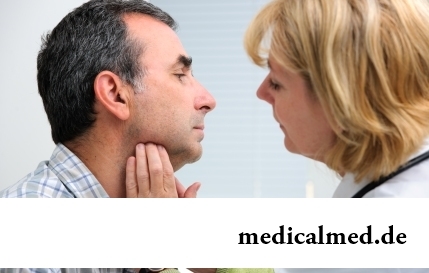
The endocrine system carries out in a human body extremely important role, practically all processes of life activity регулируютс...
Section: Articles about health
80% of women at least once to lives complained of discomfortable feelings to breasts, consolidations and nagrubaniye. These are mastopathy symptoms. The mastopathy is characterized by change of a ratio between ferruterous and connective tissue tissues of mammary glands. It can bring...
Section: Articles about health
Olive oil – the product capable to make a powerful contribution to health of the person if it includes it in the diet. The rich vitamin composition of oil does it by a product number one from many diseases including from deadly. Only two tablespoons of oil from olives in day prevent emergence of diseases of vessels and heart, cancer, problems with digestion, presenilation, a depression and many other illnesses which treatment would demand a lot of time and forces. Let's consider on...
Section: Articles about health
So, you resolved to lose weight. And now you try to understand what to begin with: from exercise stresses or a diet? And how to make, h...
Section: Slideshow
Life expectancy in various regions of Earth is not identical. Social stability, economic wellbeing, availability and level of medical care, household comfort, literacy of the population in the field of observance sanitary гигиен exert impact on it...
Section: Articles about health
Color of plants is caused by presence at them of certain chemical compounds. Let's talk about what is meant by various colors of vegetables and fruit and what properties they give them....
Section: Articles about health
Doctors claim that the people not so familiar with a dorsodynia occur among adult Russians very seldom. At the same time подавляющ...
Section: Articles about health
The majority of gynecologic diseases prove three main signs, each of which speaks about need of a visit to the gynecologist. Certainly, it is possible to establish the exact diagnosis only after inspection, but on the basis of some signs it is possible пр...
Section: Articles about health
Run - one of the most available and effective ways to revitalize the organism. Knowing about its extraordinary advantage, each of us at least once tried to make jogs, but only the few made these occupations regular. In spite of the fact that in jogging (easy jogging), apparently, there is nothing difficult, the beginning runners often make mistakes which lead to complete cessation of trainings. Let's consider 10 useful tips for beginners who will allow them to make regular п...
Section: Articles about health
Physical activity is necessary for normal functioning of a human body. At a lack of the movement cease функц...
Section: Articles about health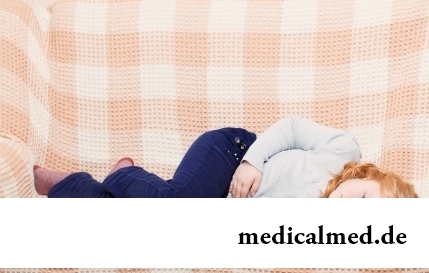
Epilepsy is one of widespread neurologic diseases. Parents, whose children suffer from this illness, should face rumors and delusions, many of which remained since the Middle Ages....
Section: Articles about health
The naturopathy sometimes moves as the new direction of medicine, something like fashionable hobby, and there is nothing farther from the truth. This most ancient direction, the word "naturopathy" is translated as "treatment by the nature", and, no doubt, treatment by natural gifts was the first and only, available to the person in ancient times. Despite modern achievements of medicine, the naturopathy remains urgent and today, anyway the person - a part of the nature, and природн...
Section: Articles about health
All of us, unfortunately, should face flu nearly an every year. It would seem, so frequent disease has to be study...
Section: Articles about health
Let's begin with the fact that a separate illness which is called "adjournment of salts", just does not exist. In practice this household name of disbolism leading to development of a number of diseases. Pathological process consists that in an organism проис...
Section: Articles about health
Coffee – favourite drink of many. For the last decades it more than once already declared very harmful, extremely useful and even necessary for normal life activity. In spite of the fact that this product became for us usual for a long time, there are many myths about properties of coffee and its impact on a human body. Readers can get acquainted with the most widespread of similar delusions today....
Section: Articles about health
For the city dweller the fitness is the most convenient sport. It is enough to acquire the subscription to the gym to receive to a toast...
Section: Articles about health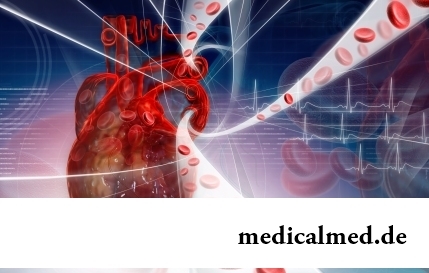
The state of health of the person in many respects depends on chemical composition of biological liquids of an organism. Specialists consider that PH value of these solutions has to be in range of 7,35-7, 45. A deviation in the smaller party (so-called "acidulation") to a chra...
Section: Articles about health
For anybody not a secret that the modern person eats not as his ancestors. For the last 100 years in broad access there were absolutely new products which are result of use of the latest technologies in food production. Significantly ways of storage and transportation of food ingredients changed, and people of the whole world had an opportunity to regularly use those products about which their grandfathers and grandmothers did not even know....
Section: Articles about health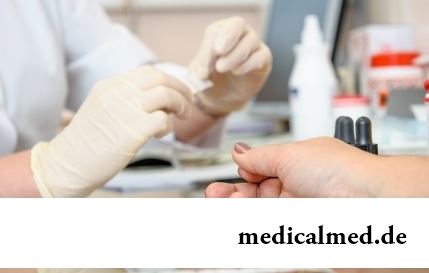
Each person knows that fervescence is an illness sign. However about existence of diseases can to suite...
Section: Articles about health
Small appetite at the child – the complaint which pediatricians should hear practically from each mother. Most often it is carried to the category of children's whims, however the refusal of food in certain cases can be to alarming symptoms therefore it cannot be ignored....
Section: Articles about health
Summer in the heat. Many are going to spend vacation abroad. Travelers the tender seas, rest on beaches wait, for sightseeing, campaigns on natural and cultural reserves. But, unfortunately, on vacation also problems with health can wait for us. On a foreign trip it is possible to face also diseases which not only will spoil long-awaited issue, but also will force to be treated within long months after its termination. To be insured completely from troubles of it a sort...
Section: Articles about health
People know that thermal sources have salutary force long ago. Treatment by natural waters is one and...
Section: Articles about health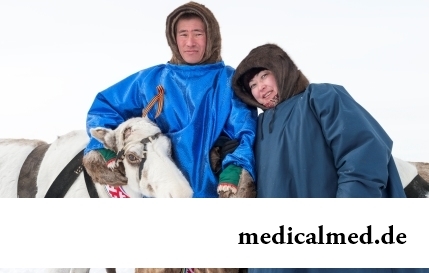
Traveling all over the world, many try to try the most exotic dishes of national cuisines. There is even a so-called gastronomic tourism which, according to gourmets, not only allows to receive new feelings, but also is capable to show life the friend...
Section: Articles about health
(Xerostomia) many people consider feeling of a xerostomia small and easily removable inconvenience. This delusion: the symptom can demonstrate existence of serious diseases. It is worth to remember also that saliva performs important functions in an organism: clears the surface of teeth of a food plaque, growth of pathogenic microorganisms oppresses, normalizes acid-base balance, liquefies food and helps to split the carbohydrates which are contained in it. Chronic deficit слюн...
Section: Articles about health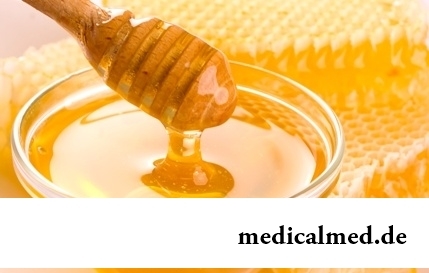
About 20% of the population of our planet have a hypertension (permanent increase in arterial pressure). This disease negatively narrations...
Section: Articles about health
Diseases of joints often begin imperceptibly for the person. The first stages of destruction of the cartilaginous tissue providing soft and free sliding of heads of bones in joint bags proceed slowly and absolutely without serious consequences. Especially unpleasantly for that this пр...
Section: Articles about health
Diapers for adults – individual one-time means of hygiene which in some situations is irreplaceable and from such situations any person is not insured. Though nobody perceives need of their use with enthusiasm, however without such means already problematic situation could be heavier....
Section: Articles about health
